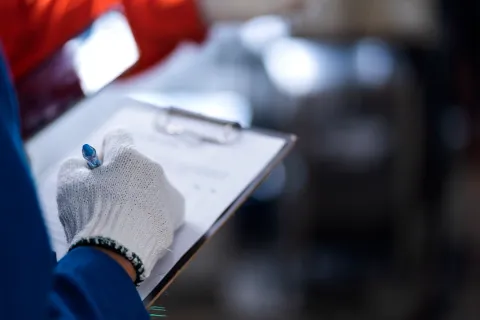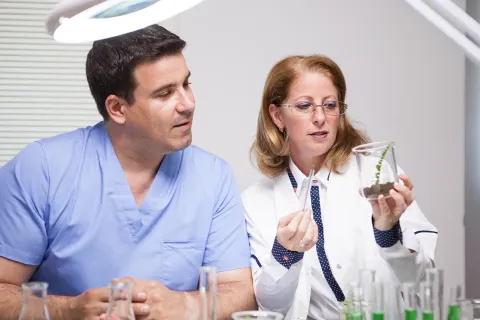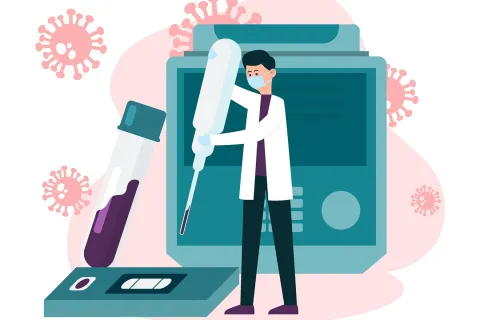
In the life sciences industry, the accuracy and compliance of packaging artwork are critical to ensuring patient safety and regulatory adherence. Artwork that fails to meet stringent guidelines can lead to serious consequences, including product recalls, legal penalties, and damage to brand reputation. Therefore, the role of Quality Assurance (QA) in the artwork verification process cannot be overstated. This blog will explore the detailed procedures for ensuring accuracy and compliance in artwork through effective QA verification, highlighting the importance of collaboration among QA, Marketing, and Research & Development (R&D).
The Importance of Artwork Quality Assurance
Artwork in the pharmaceutical and life sciences sectors encompasses a range of materials, including packaging, labeling, and promotional content. Each piece must comply with regulatory standards set by authorities such as the FDA and EMA. QA verification serves as a safeguard against errors and omissions that could jeopardize compliance and patient safety. The QA process ensures that all artwork is not only visually appealing but also accurate in terms of content, format, and regulatory compliance.
Step-by-Step Procedure for QA Verification
Step 1: Initial Artwork Review
The QA process begins with an initial review of the artwork submitted by the design team. This includes checking the artwork against predefined specifications, such as brand guidelines and regulatory requirements. Key elements to verify include:
- Text Accuracy: Ensuring that all text, including dosage instructions, warnings, and legal disclaimers, is correct and complete.
- Visual Elements: Checking graphics, logos, and color schemes for consistency with brand identity and regulatory standards.
- Technical Components: Verifying that technical details, such as barcodes and dimensions, are accurate.
Step 2: Cross-Functional Collaboration
Effective QA verification relies on collaboration between QA, Marketing, and R&D. Each department plays a vital role in the process:
- Marketing: Provides insights into brand messaging and target audience considerations, ensuring that the artwork aligns with marketing strategies.
- R&D: Confirms the technical accuracy of the product information, including formulation details and packaging specifications.
Regular meetings and communication among these teams help to address any discrepancies early in the process, reducing the likelihood of errors later on.
Step 3: Proofreading and Quality Control Checks
Once the initial review is complete, the artwork undergoes thorough proofreading and quality control checks. This stage involves:
- Detailed Proofreading: QA personnel meticulously review the artwork for typographical errors, inconsistencies, and compliance with regulatory requirements. This step is crucial, as even minor errors can lead to significant issues.
- Use of Technology: Implementing automated proofreading tools can enhance accuracy. These tools can quickly identify discrepancies and ensure that the artwork meets all necessary standards.
Step 4: Regulatory Compliance Verification
QA must ensure that the artwork complies with all relevant regulations. This involves:
- Reviewing Regulatory Guidelines: QA teams must stay updated on the latest regulatory requirements to ensure that all artwork adheres to current standards.
- Documentation: Maintaining detailed records of the QA process, including approvals and revisions, is essential for compliance audits and inspections.
Step 5: Final Approval and Distribution
After completing the QA verification process, the artwork is submitted for final approval. This stage includes:
- Approval from Stakeholders: All relevant stakeholders, including Marketing and R&D, must sign off on the artwork before it can be sent for production.
- Distribution: Once approved, the artwork is distributed to the production team, ensuring that all parties have access to the most current version.
Benefits of QA Verification in Artwork
Implementing a robust QA verification process offers several benefits:
- Enhanced Patient Safety: By ensuring that all artwork is accurate and compliant, QA verification helps to prevent errors that could harm patients.
- Regulatory Compliance: A thorough QA process minimizes the risk of non-compliance, reducing the likelihood of costly recalls and penalties.
- Improved Brand Reputation: Consistent and accurate artwork reinforces brand integrity, fostering trust among healthcare providers and patients.
- Streamlined Processes: Effective collaboration between QA, Marketing, and R&D can lead to more efficient workflows, reducing time-to-market for new products.
Conclusion
In the life sciences industry, ensuring accuracy and compliance in artwork through QA verification is a critical component of operational success. By following a detailed procedure that emphasizes collaboration among QA, Marketing, and R&D, companies can mitigate risks, enhance patient safety, and maintain regulatory compliance. As the industry continues to evolve, prioritizing quality assurance in artwork preparation will remain essential for achieving long-term success and maintaining a competitive edge.By investing in robust QA processes and fostering cross-functional collaboration, life sciences companies can navigate the complexities of regulatory requirements while delivering high-quality products that meet the needs of patients and healthcare professionals alike.
Author: Nirupama Parate









